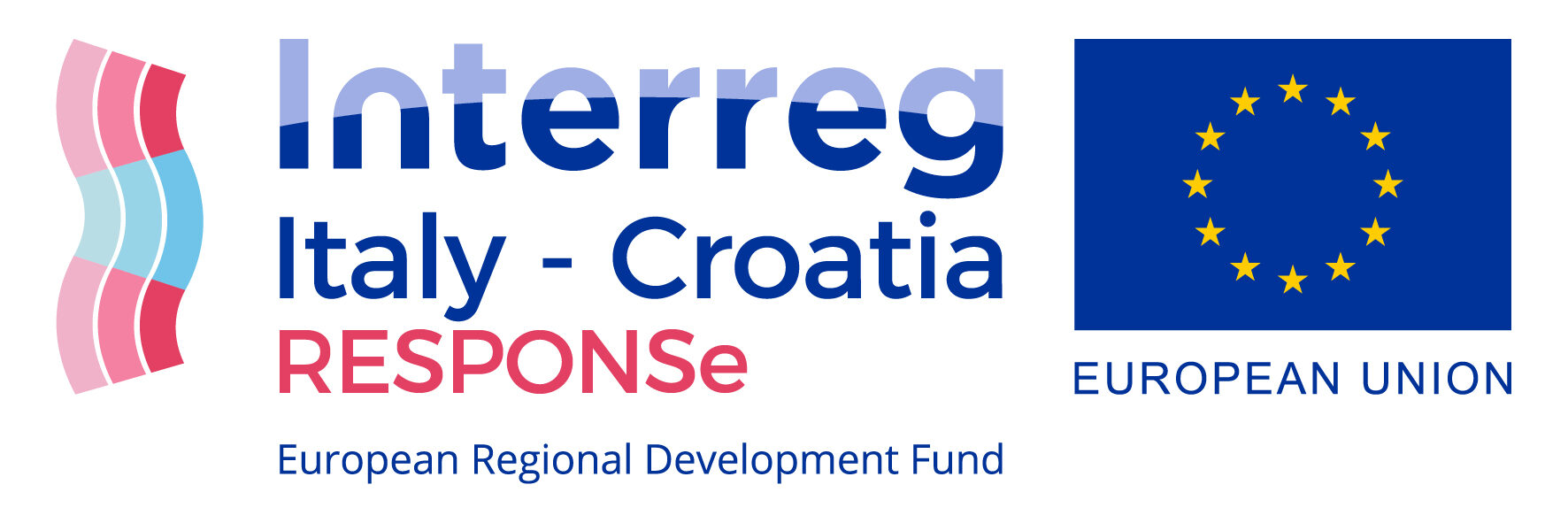Climate actions
Early warning systems (EWS) are key elements for climate change adaptation and disaster risk reduction that aim: The significance of an effective early warning system lies in the recognition of its benefits by local people. Early warning systems include detection, analysis, prediction, and then warning dissemination followed by response decision-making and implementation. Such systems are in place, in many parts of the world, to monitor, forecast and warn people about e.g. tropical cyclones, floods, storms, tsunami, avalanches, tornadoes, severe thunderstorms, volcanic eruptions, extreme heat and cold, forest fires, drought, etc. To be effective and complete, an early warning system needs to comprise four interacting elements namely: risk knowledge, monitoring & warning services, dissemination & communication and response capability. Critical issues include: limited geographical or temporal resolution, lack of evaluation of predictive validity, incorrect use of an early warning system that could result in significantly increasing the impacts for the affected population, public understanding of and trust in the system.
Establishment of early warning systems
Objective
Avoid or reduce the damage caused from climate-related hazards.
Description
Expected results
A successful EWS saves lives, infrastructures, land and jobs and supports long-term sustainability. Early warning systems aim to assist public officials and administrators as well as private sector actors, communities and individuals in their planning, in the long run, saving money and protecting economies.
Result indicators
Number of people reached.
Involved actors
International, national and local governments, local communities.
Expected timeline for action
Best practices
Criticalities
Scope of the action
Type of proposed actions
Sector of action
Climate impacts
Implementation scale
